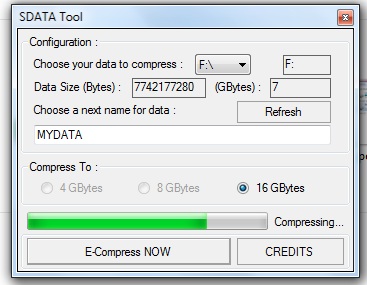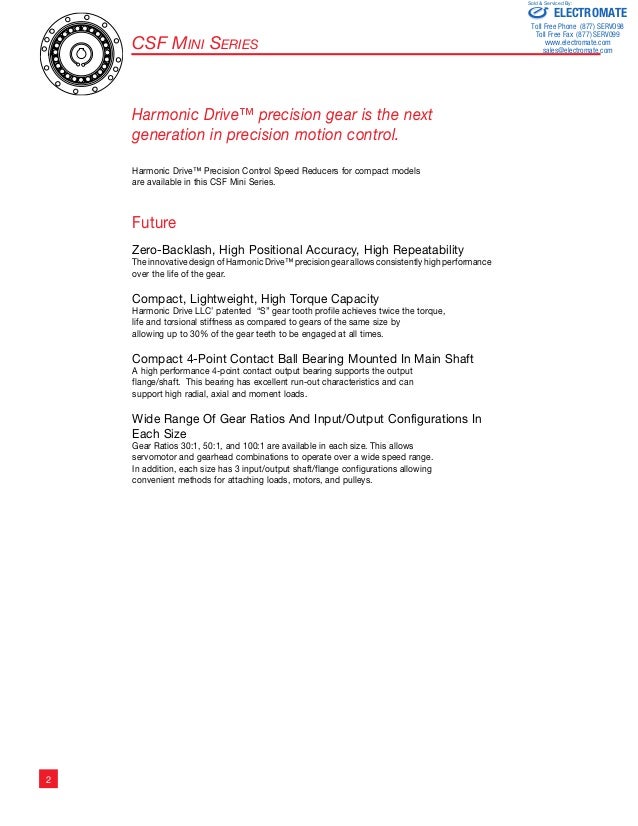

Windows proposes to use the free space for the memory optimization. If your storage device is ready for ReadyBoost, click on the tab ReadyBoost on the option Use this device.Ĥ. If this is not the case, you will receive a corresponding note. Windows immediately determines, whether the storage medium is suitable for ReadyBoost. Then with the right mouse button click on the new drive in the left directory tree, and select the command Open AutoPlay.ģ. If the dialog box Automatic playback does not automatically appear, open Windows Explorer by pressing +.

In the dialog box Automatic playback click on the option Speed up my system.Ģ. The storage medium is detected immediately. Plug the USB stick or SD card into a free slot. Note: The following instructions and tips relate to Windows 7, but can also be used in a similar way for Windows Vista.ġ. Cards with a capacity of one or two GB are indeed quite enough for ReadyBoost. Since you can permanently "park" SD cards in the designated PC slot, the small disks for ReadyBoost are particularly well suited. Important: You need a USB flash drive or a memory card with a free storage capacity of at least 500 MB and a high data transfer rate. This additional memory is provided as cache memory, to speed up, for example, the loading or editing of large files.

You can use non-volatile flash memory such as current USB memory stick or SD memory cards to improve the performance of your system. Like its predecessor Windows Vista, Windows 7 provides the Windows ReadyBoost function to provide Netbooks or older PC systems with more memory. How can I use USB stick or an SD-card to improve the working speed? Resolution I have a NetBook or an older PC with relatively low memory or little disk space capacity. Windows 7 Home Premium Windows 7 Home Basic Windows 7 Professional Windows 7 Starter Windows 7 Ultimate Windows Vista Business Windows Vista Home Basic Windows Vista Home Premium Windows Vista Ultimate More.


 0 kommentar(er)
0 kommentar(er)
